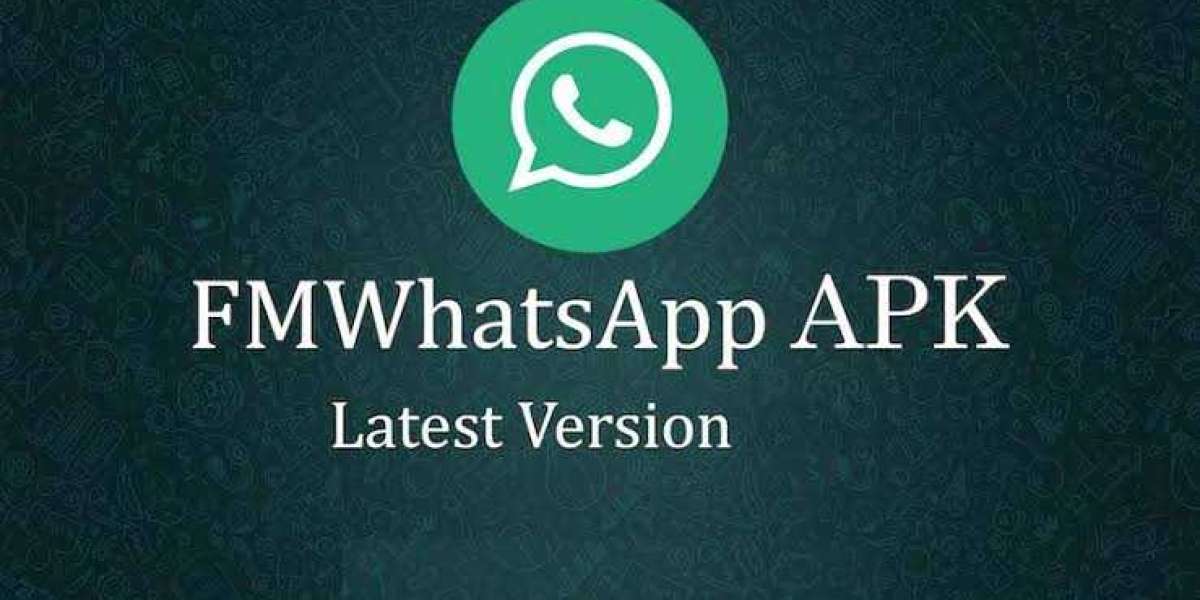In the ever-evolving landscape of digital communication, WhatsApp has emerged as a cornerstone platform for connecting people worldwide. From personal conversations to business interactions, WhatsApp facilitates seamless communication across borders. However, amidst its diverse uses, a unique trend has emerged, particularly in regions like India – WhatsApp FM.
WhatsApp FM, or WhatsApp Radio, is a grassroots movement that has redefined the concept of community radio in the digital age. It encapsulates the essence of traditional radio broadcasting while leveraging the power of WhatsApp groups to reach a broader audience. This phenomenon has gained significant traction, especially in rural areas where access to conventional radio stations might be limited.
At its core, WhatsApp FM operates through dedicated groups administered by local community members or enthusiasts. These groups function akin to radio channels, broadcasting a variety of content ranging from news updates, music playlists, storytelling sessions, to discussions on social issues. What sets WhatsApp FM apart is its interactive nature, allowing listeners to engage with the content in real-time through comments, requests, and participation in discussions.
The rise of WhatsApp FM can be attributed to several factors:
Accessibility: Unlike traditional radio stations that require specialized equipment for broadcasting and receiving signals, WhatsApp FM only necessitates a smartphone and internet connectivity. This accessibility has democratized the broadcasting space, enabling individuals from diverse backgrounds to become content creators and broadcasters.
Community Engagement: FMWhatsApp fosters a sense of community by providing a platform for local voices to be heard. It serves as a virtual gathering place where residents can share news, stories, and opinions, thus strengthening social bonds within neighborhoods and villages.
Customization: Unlike mainstream radio stations that follow predefined schedules and formats, WhatsApp FM offers a high degree of customization. Admins can tailor content according to the preferences and interests of their audience, ensuring relevance and engagement.
Adaptability: WhatsApp FM has proven to be highly adaptable, particularly during times of crisis such as natural disasters or pandemics. It serves as a vital communication channel for disseminating emergency alerts, health advisories, and relief efforts to affected communities.
Low Cost: Establishing and operating a WhatsApp FM channel incurs minimal costs compared to traditional radio broadcasting. This affordability makes it an attractive option for resource-constrained communities seeking to establish their own media platforms.
While WhatsApp FM presents numerous opportunities for community engagement and empowerment, it also faces several challenges:
Content Moderation: Maintaining quality and relevance of content within WhatsApp FM groups can be challenging, especially as membership grows. Admins must exercise vigilance in moderating discussions and filtering out misinformation or inappropriate content.
Digital Divide: Despite its accessibility, WhatsApp FM is not immune to the digital divide. In regions with limited internet connectivity or smartphone penetration, certain segments of the population may be excluded from accessing or participating in these platforms.
Regulatory Concerns: The decentralized nature of WhatsApp FM raises questions regarding regulatory oversight and accountability. While traditional radio stations are subject to licensing and regulatory frameworks, WhatsApp FM operates in a largely unregulated space, posing challenges in ensuring compliance with broadcasting standards.
Sustainability: Sustainability remains a key concern for WhatsApp FM initiatives, particularly in terms of funding and long-term viability. Without adequate financial support or community engagement, these initiatives may struggle to sustain themselves over time.
Source: https://fmwhat.net/
Despite these challenges, the phenomenon of WhatsApp FM continues to thrive, driven by its grassroots appeal and transformative potential. As technology continues to evolve and connectivity becomes more ubiquitous, WhatsApp FM has the potential to further revolutionize the way communities engage with media and information.
In conclusion, WhatsApp FM represents a novel fusion of traditional radio broadcasting and digital communication, offering a platform for community-driven content creation and engagement. While it faces certain challenges, its ability to empower local voices and foster community cohesion makes it a promising model for media innovation in the digital age. As we navigate the complexities of the modern media landscape, WhatsApp FM stands as a testament to the enduring power of connectivity and community.








